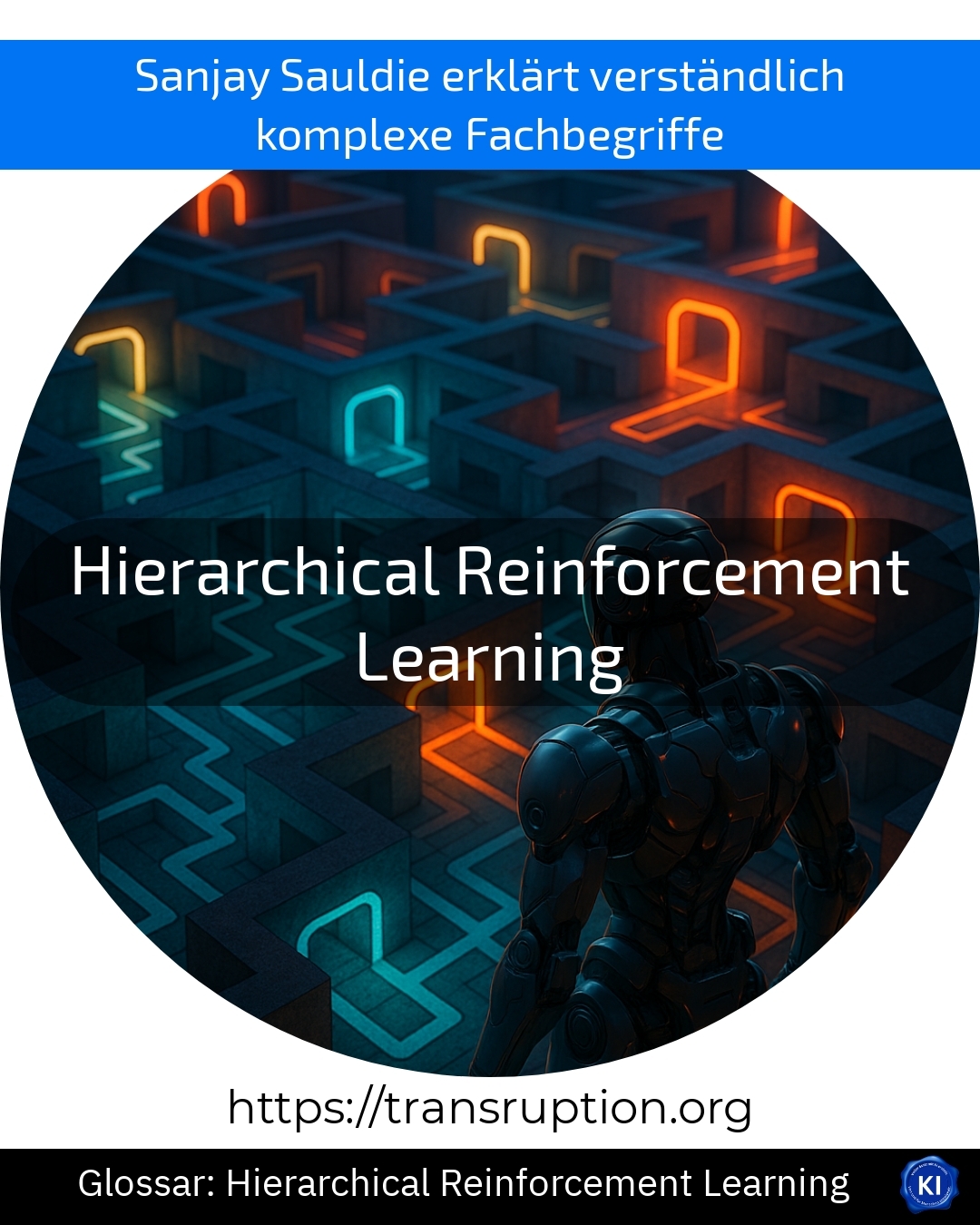Hierarchical reinforcement learning is a term from the fields of artificial intelligence, automation and Industry 4.0. It describes a special technique in machine learning in which step-by-step, incremental problem solving is used.
Imagine a robot has to fulfil a complex task, such as setting a table. Instead of learning everything at once, the main task of "setting the table" is broken down into smaller subtasks, such as "placing plates", "arranging cutlery" and "placing glasses". For each of these subtasks, the robot can go through its own small learning processes and find solutions. At the end, the individual results are combined to form the overall solution.
The advantage of hierarchical reinforcement learning is that it allows machines and AI systems to divide large, difficult tasks into manageable sections - so they learn faster, more flexibly and can transfer their knowledge more easily to other problems. This method is particularly interesting in industry because it makes machines more efficient and independent.















